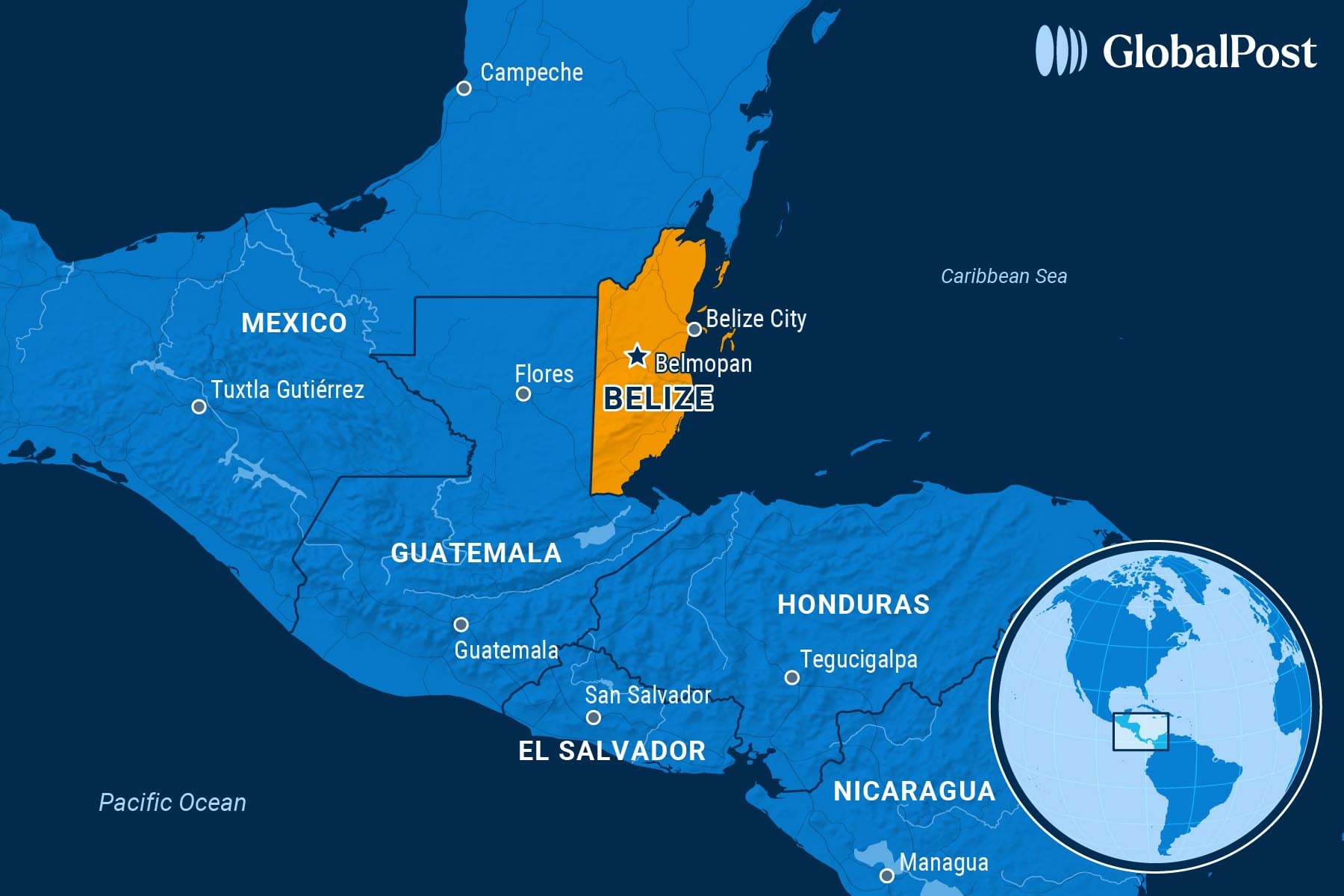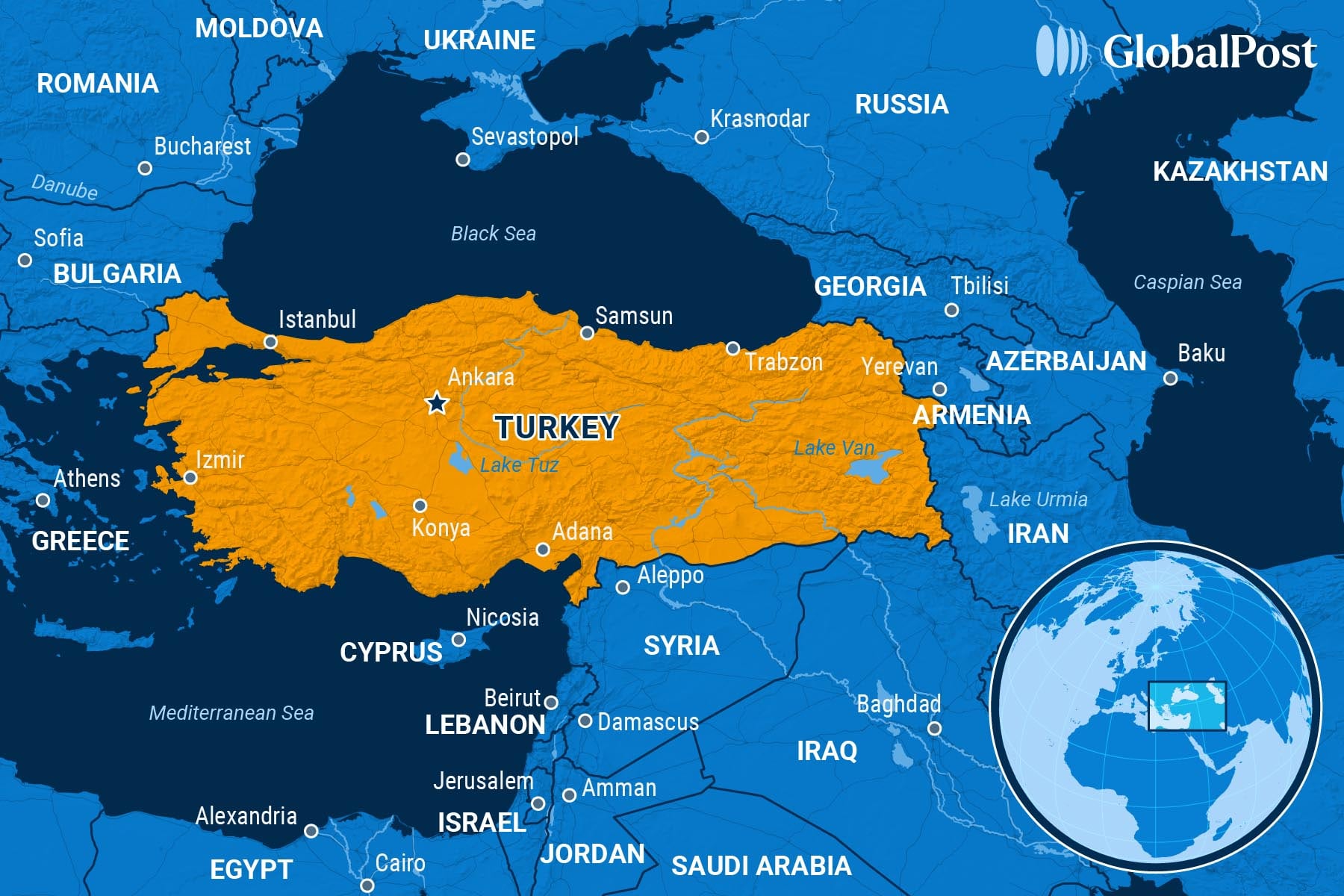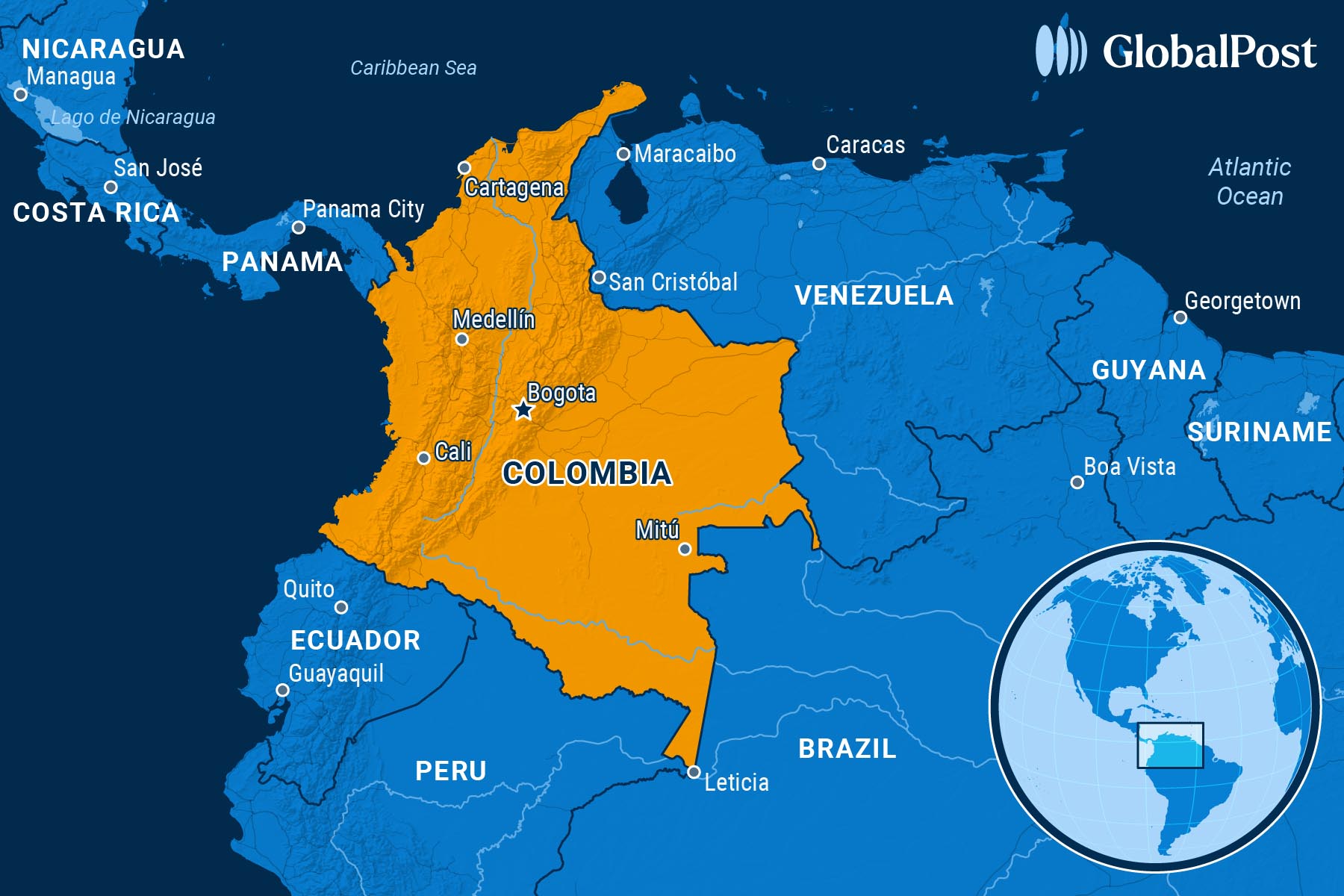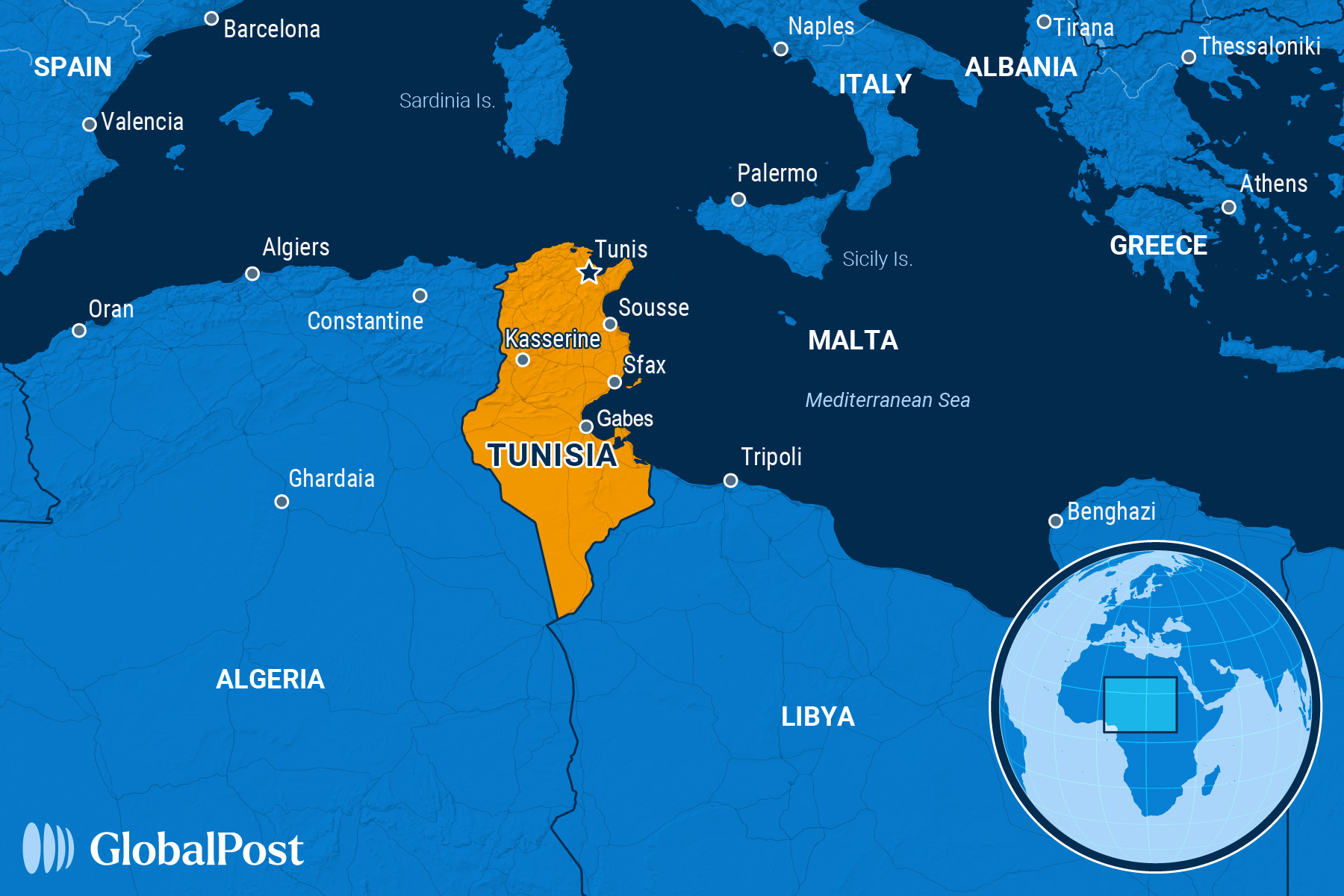The Nexus: Belize Fights Crime To Foster Growth
NEED TO KNOW
The Nexus: Belize Fights Crime To Foster Growth
BELIZE

Long known among diving enthusiasts for its famed Blue Hole and other underwater attractions, Belize, for years, was a quiet country of around 420,000 people, split among a diverse population with Mayan, European, Creole, Asian, and African heritage, that mostly made headlines for destruction from hurricanes.
But over the past few years, crime syndicates along with tourists have put it on the map.
Belize’s geographical position has made it an ideal transit point for trafficking in arms, drugs, and people, according to the Global Organized Crime Index, adding that this development occurred because of collusion between criminal gangs and government officials.
These days, crime in Belize is a mixed bag, according to expatriate-facing analysis firm Nomad Capitalist. The company’s assessment of the Central American country described how tourist areas are generally safe but many neighborhoods in Belize City and elsewhere are dangerous.
Nomad Capitalist’s interest in Belize on the Caribbean Sea reflects how the former British colony has become popular among English speakers seeking fun in the sun as well as a safe place to park their money in an offshore tax haven. As the country’s crime problem illustrates, the combination of these factors has put Belize in the crosshairs of troubling trends.
Domestically, Belize suffers from the ills that cause crime and violence in the developing world and impoverished areas of the US and other wealthy countries.
“Feedback loops showed that firearm-related crimes increased the chances of household poverty, national economic costs, deaths, and disability, and promoted a culture of violence, all of which reinforced gun violence,” explained the Canada-Caribbean Institute.
Belizean police are now working hard to counteract this cycle, especially regarding gangs that have grown in power and boldness in recent years. In one incident that caused outrage in the country, gang shootings resulted in the deaths of a two-year-old and a 10-year-old, reported Greater Belize Media.
Internationally, drug smugglers flying from Venezuela to North America often use an “air bridge” through Belize, for instance, when they believe authorities might “bust” them above Guatemala or Honduras, according to the Organized Crime and Corruption Reporting Project, citing leaked Mexican Secretariat of National Defense emails.
“Belize was simply a transit point when the pressure became too intense for the air bridge operations in Guatemala,” Jesús Romero, a former US naval officer involved in anti-narcotics operations in the region, told the organization.
The Trump administration on Sept.15 named Belize as a major transit country for drug shipments to the US.
This law enforcement effort targeting airborne routes is one reason why drug lords have opted for seaborne routes that the American military has been targeting in recent weeks. One of these strikes allegedly destroyed a civilian fishing vessel, causing an international rift between Colombia and the US, wrote USA Today.
The United Nations Office on Drugs and Crime and the Caribbean Community Implementation Agency for Crime and Security are working with officials in Belize to crack down on drug runners with training, for example, on how to identify and handle firearms that criminals bring along with their cocaine, a UN statement said.
Belize is also working closely with other international partners who are crucial to helping the country stem crime. The country has joined the free movement pact with other Caribbean Community members whose citizens will likely invest in the country, Amandala wrote.
The Central American country is also opening up internationally in other ways.
This month, Prime Minister Johnny Briceño has proposed making Belize into a “safe third country” that accepts migrants seeking asylum in the US, for example, the BBC reported. The government is also partnering with the World Wildlife Fund and others to preserve its remarkable tropical environment and oceanic resources from poachers and other threats.
The idea is to make the country attractive to outsiders, warts and all, say analysts. That was on display at the recent Belize Investment Summit 2025 on Ambergris Caye, which aimed to position Belize as a strategic investment hub at the crossroads of the Caribbean Community, Central America, and Southeastern Mexico.
Speaking to attendees, Briceño underscored Belize’s role as a “beacon of opportunity” with its unique geographic location, rich biodiversity, and youthful English-speaking population, as well as the government’s efforts to crack down on crime, streamline bureaucracy, and get its economic house in order. “Belize is more than a domestic market of 430,000 people,” he said. “We are a strategic nexus.”

THE WORLD, BRIEFLY
Turkish Court Offers Respite to Embattled Opposition Amid Ongoing Crackdown
TURKEY

A Turkish court over the weekend dismissed a case that attempted to remove the head of the country’s main opposition, the Republican People’s Party (CHP), a ruling that eased market tensions but was a setback for President Recep Tayyip Erdoğan in his attempt to suppress the opposition, the Associated Press reported.
The case centered on a lawsuit that sought to annul the 2023 internal election of the CHP, where party chief Özgür Özel replaced longtime leader Kemal Kılıçdaroğlu.
The lawsuit challenged the legitimacy of the CHP’s 38th congress, claiming alleged vote-buying and procedural violations.
On Friday, a court in the capital Ankara ruled there was no legal basis for removing Özel or invalidating the party congress. Özel welcomed the verdict and criticized the legal proceedings as part of a government effort to “create internal turmoil and divide” the party.
Following the ruling, Turkey’s benchmark Borsa Istanbul index rose more than 3 percent, as investors interpreted the decision as a brief reprieve from political instability.
Analysts, however, cautioned that the judgment offered only temporary relief amid what they described as a broader “legal offensive” targeting the CHP and its leadership, according to the Financial Times.
The CHP – founded by Turkey’s first president, Mustafa Kemal Atatürk – has been grappling with a series of prosecutions and arrests following its strong performance in last year’s local elections.
Among them is Istanbul mayor Ekrem İmamoğlu – widely viewed as Erdoğan’s most important rival – who has been in pretrial detention since March on corruption charges that he denies and says are politically motivated.
His arrest inspired mass protests across the country and warnings of democratic backsliding under Erdoğan – who has been in power for more than 20 years.
Erdoğan’s administration insists the judiciary operates independently and that the cases are based solely on corruption allegations but critics say the prosecutions reflect an effort to neutralize political opponents ahead of the next presidential election scheduled for 2028.

Colombia’s Petro Fires Back at US Sanctions
COLOMBIA

Colombian President Gustavo Petro denounced US sanctions imposed on himself, his family, and senior officials this week, as tensions between Bogotá and Washington plunged to their lowest point in years following escalating threats and military action by the US in the Caribbean, the Wall Street Journal reported.
On Friday, the US Treasury froze all US-based assets belonging to Petro and the others under the new sanctions regime, accusing the Colombian leader of “allowing drug cartels to flourish.” Treasury Secretary Scott Bessent said cocaine production in Colombia had reached “the highest rate in decades, flooding the United States and poisoning Americans.”
Petro denied the allegations, writing on X that “fighting drug trafficking for decades – and effectively – has brought me this measure from the government of the very society we helped so much to curb its cocaine consumption.”
The sanctions mark the latest escalation in the feud between Petro and Trump, who last week halted all US aid payments to Colombia and threatened to impose additional tariffs on the country’s exports.
Trump accused Petro of being an “illegal drug leader” and warned he needed to close up drug operations, “or the United States will close them up for him, and it won’t be done nicely.”
Washington has also launched airstrikes on alleged drug-trafficking vessels in the Caribbean and eastern Pacific that have killed at least 43 people. Petro and human rights groups allege that some of the victims were civilians, an accusation the White House denies, according to CBS News.
Amid the ongoing spat, the leftist leader recalled Colombia’s ambassador to Washington and countered that the suspension of US aid would have little effect. However, he acknowledged that cuts to military assistance, particularly the loss of US helicopters, would harm anti-drug operations in the South American country, Reuters wrote.
Colombia is the world’s largest producer of cocaine, and the supply of the drug has reached a historic peak around the globe, according to US and United Nations anti-drug officials.
Although the Colombian government has continued to struggle to take control of major hubs for rebel and criminal activity, Petro said authorities have seized a record amount of cocaine in the past three years, totaling more than 3,000 tons.
The former guerrilla leader has floated the idea of legalizing cocaine to weaken the cartels, while complaining that the narcotic was only illegal because it was made in Latin America.

Tunisians Protest Toxic Pollution in the Country’s South
TUNISIA

Hundreds of Tunisians protested in the Tunisian capital over the weekend, the latest demonstrations over toxic pollution from a state-run phosphate plant that observers say mark the biggest challenge to President Kais Saied since he seized power in 2021, Reuters reported.
On Saturday, demonstrators marched in Tunis over the pollution in the southern city of Gabes, where residents blame a state chemical complex for a surge in respiratory illnesses, cancers, and gas poisonings.
The weekend protests follow demonstrations in Gabes that began earlier this month after online videos showed children seemingly having breathing problems caused by the toxic fumes from the plant, which converts phosphates into phosphoric acid and fertilizers.
Health officials and non-governmental organizations warned that more than 200 people were hospitalized this month for respiratory issues and gas poisoning.
On Tuesday, a general strike shut down business and public services in the city of 400,000 people, added Agence France-Presse.
In response, authorities have arrested dozens for participating in the unrest, accusing protesters of violence and vandalism.
Even so, Saied has described the situation in Gabes as an “environmental assassination” and blamed the policies of previous governments.
His administration is pushing for repairs to stop leaks and address pollution, including building a cancer hospital in Gabes. But critics and protesters have demanded the plant’s closure and the relocation of heavy industry away from residential areas.
The Gabes facility, operated by Tunisia’s state chemical group since 1972, releases industrial waste containing radioactive phosphogypsum into the air and into the Mediterranean Sea, according to researchers and environmental groups.
Local fishermen have reported a sharp decline in fish stocks, while residents say the pollution has rendered parts of the coastline uninhabitable.
Despite promises in 2017 to phase out the Gabes complex, the government instead ramped up production to take advantage of rising fertilizer prices worldwide.
Saied has called phosphate a “pillar of the national economy,” with officials planning to boost national production from less than three million tons to more than 14 million by 2030.

DISCOVERIES
A New Army
Munitions and fleets of vessels dumped in waterways during the two World Wars may not be destined to become just waste after all: Researchers have found that a new army of diverse marine life has taken control of old Nazi warheads and US warships.
In two studies, German and US researchers have documented two examples of nature reclaiming the metal waste. The first study focused on a World War II munitions dumpsite in the Baltic Sea’s Lübeck Bay, while the second examined the “Ghost Fleet” in Mallows Bay, Maryland, where World War I ships were sunk in the 1920s.
Before the signature of the 1972 London Convention on the Prevention of Marine Pollution, unused explosive munitions were often dumped at sea. While the chemicals inside those objects are deemed highly toxic for marine life, their hard metal casings can provide stable surfaces for creatures to attach to and live on, according to a statement.
These relics can now provide marine biologists with a real-world look at how animals adapt to habitat disturbances, New Atlas wrote.
At Lübeck Bay, the team used a remotely controlled submersible to explore a recently discovered site of discarded WWII weaponry and equipment. They filmed the munitions and studied water samples from the site, while also analyzing two areas of the surrounding sediment for comparison. This dumpsite displayed warheads from V-1 flying bombs, the cruise missile used by Nazi Germany in late WWII.
Researchers found a far richer selection of wildlife living among the munitions than they expected, with 43,000 organisms per square meter on average, compared with about 8,200 organisms per square meter in the sediment around them.
These organisms seemed to have adapted to even high levels of toxins from the explosive compounds TNT and RDX, researchers said.
This discovery suggests that some creatures can tolerate high levels of toxic compounds if it gives them a safe, hard surface to live on. The animals were mostly seen on the casings rather than on uncovered explosive material, which the authors say could be a way for them to limit their chemical exposure.
While the munitions are an important habitat in the bay, the team said that replacing them with a safer artificial surface could be more beneficial to the local ecosystem.
The second study presented a high-resolution photographic map of all 147 wrecks currently found in the so-called “Ghost Fleet” of Mallows Bay, on the Potomac River, where the ships were deliberately sunk about 100 years ago. Their wrecks are now home to a wide variety of wildlife, like ospreys (Pandion haliaetus) and Atlantic sturgeon (Acipenser oxyrinchus).
